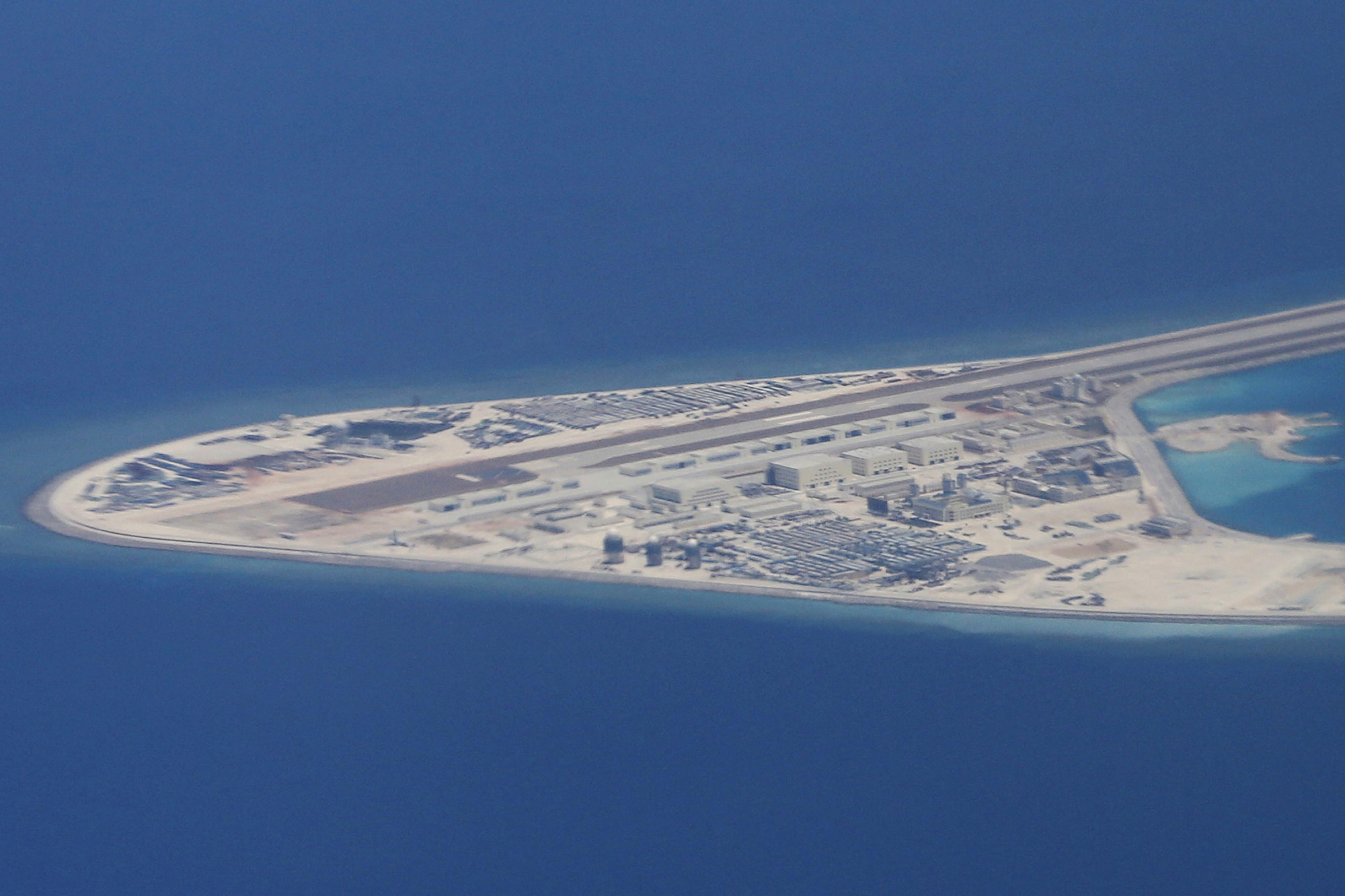It has been just five years since China initiated its major land reclamation in the South China Sea, and the country has already shifted the territorial status quo in its favor — without facing any international pushback. The anniversary of the start of its island building underscores the transformed geopolitics in a corridor central to the international maritime order.
In December 2013, the Chinese government pressed the massive Tianjing dredger into service at Johnson South Reef in the Spratly archipelago, far from the Chinese mainland. The Spratlys are to the south of the Paracel Islands, which China seized in 1974, capitalizing on American forces' departure from South Vietnam. In 1988, the reef was the scene of a Chinese attack that killed 72 Vietnamese sailors and sunk two of their ships.
The dredger's job is to fragment sediment on the seabed and deposit it on a reef until a low-lying man-made island emerges. The Tianjing — boasting its own propulsion system and a capacity to extract sediment at a rate of 4,530 cubic meters per hour — did its job very quickly, creating 11 hectares of new land, including a harbor, in less than four months. All the while, a Chinese warship stood guard.

















With your current subscription plan you can comment on stories. However, before writing your first comment, please create a display name in the Profile section of your subscriber account page.